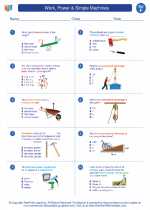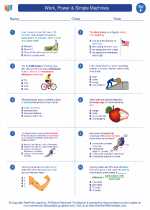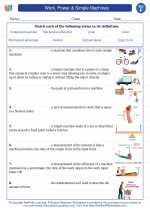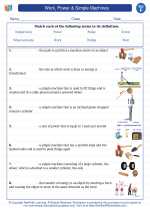Transportation
Transportation is the movement of people, animals, and goods from one place to another. It is an essential part of our daily lives and plays a crucial role in the economy and society. There are various modes of transportation, each with its advantages and limitations.
Types of Transportation
1. Land Transportation
Land transportation involves the movement of people and goods on the ground. It includes:
- Automobiles
- Trains
- Buses
- Bicycles
2. Water Transportation
Water transportation is the movement of people and goods using waterways such as rivers, lakes, and oceans. It includes:
- Ships
- Boats
- Ferries
3. Air Transportation
Air transportation involves the movement of people and goods by air. It includes:
- Airplanes
- Helicopters
How Transportation Works
Transportation works by utilizing various vehicles and infrastructure to move people and goods efficiently and safely. It involves the use of roads, railways, waterways, and air routes. Each mode of transportation has its unique system and technology to ensure smooth and reliable movement.
Study Guide
1. What are the three main modes of transportation?
The three main modes of transportation are land, water, and air transportation.
2. Give examples of land transportation vehicles.
Examples of land transportation vehicles include automobiles, trains, buses, and bicycles.
3. Explain the importance of transportation in society and the economy.
Transportation is essential for connecting people and businesses, enabling the movement of goods and providing access to employment, education, and healthcare. It also contributes to economic growth by facilitating trade and commerce.
4. How does air transportation differ from other modes of transportation?
Air transportation is unique in its ability to cover long distances in a short time, making it ideal for intercontinental travel and urgent deliveries. It also requires specialized infrastructure such as airports and air traffic control systems.
5. Discuss the environmental impact of different modes of transportation.
Each mode of transportation has varying environmental impacts, such as air pollution, greenhouse gas emissions, and habitat disruption. Understanding these impacts is crucial for promoting sustainable transportation practices.
Overall, transportation is a multifaceted topic that influences our daily lives and the world around us. Understanding the different modes of transportation and their implications is important for creating efficient and sustainable transportation systems.
[Transportation] Related Worksheets and Study Guides:
.◂Science Worksheets and Study Guides Sixth Grade. Work, Power & Simple Machines

 Worksheet/Answer key
Worksheet/Answer key
 Worksheet/Answer key
Worksheet/Answer key
 Vocabulary/Answer key
Vocabulary/Answer key
 Vocabulary/Answer key
Vocabulary/Answer key
